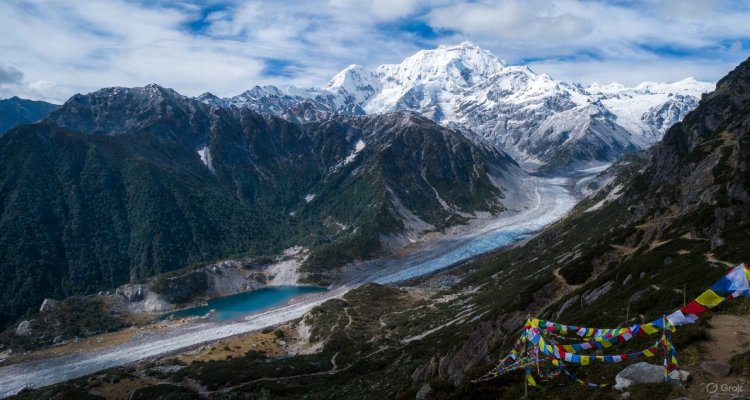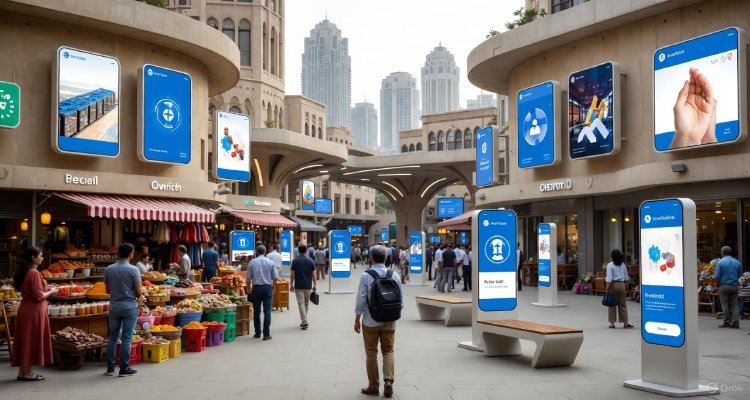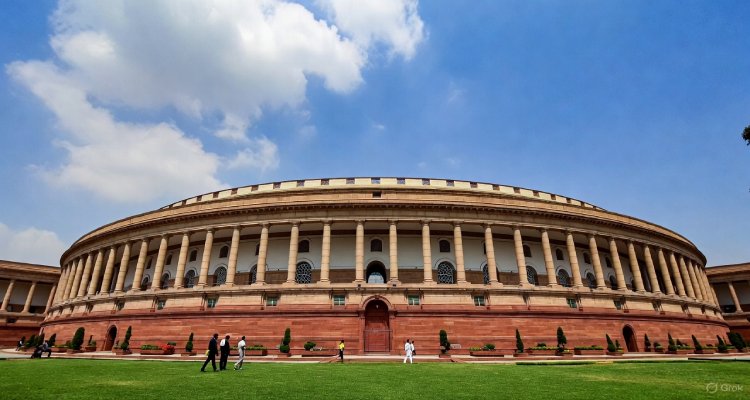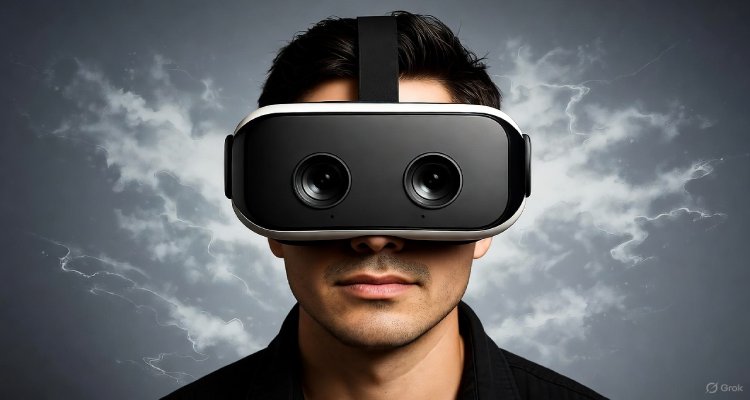Invisible Destinations: The Future of Virtual Vacations
Virtual reality vacations are redefining travel. Discover how “invisible destinations” are changing tourism, sustainability, and the way we experience the world.
Introduction: The Rise of the Vacation You Can’t See
What if your next dream vacation didn’t involve airports, hotel bookings, or even stepping outside your home? Imagine walking through the neon-lit streets of Tokyo, diving into Australia’s Great Barrier Reef, or watching the Northern Lights unfold above your head—all without leaving your couch.
Welcome to “Invisible Destinations”—a new era of virtual vacations redefining what it means to travel.
As climate change, cost, and convenience reshape global tourism, technology is stepping in with an answer: fully immersive, digitally rendered escapes that blend artificial intelligence (AI), virtual reality (VR), and spatial computing. The result is a future where wanderlust meets the metaverse.
Context & Background: From Postcards to Pixels
Travel has always evolved with technology. The 19th century brought locomotives; the 20th gave us commercial air travel; the 21st now offers virtual tourism. The idea of digital travel first emerged during the early VR boom in the 2010s but gained serious traction post-2020, when the COVID-19 pandemic grounded flights and shuttered borders.
Museums began offering 360° virtual tours, airlines experimented with VR sightseeing, and startups like Wander and Ascape turned headsets into teleportation devices. What began as a stopgap during lockdowns has since matured into a legitimate industry worth billions.
According to Allied Market Research, the global virtual tourism market is projected to reach $24 billion by 2027, driven by advances in haptic feedback, 8K displays, and AI-generated landscapes. What was once science fiction is now an emerging frontier for the travel economy.
Main Developments: The Tech Behind Invisible Destinations
“Invisible destinations” are more than just digital replicas of real places—they’re reimagined realities. Using advanced 3D mapping, real-time rendering, and generative AI, developers can recreate entire environments with hyper-realistic accuracy.
- AI-Enhanced Realism: Modern virtual travel platforms use AI to simulate weather, local sounds, and even smells. Think of walking through Paris as church bells echo in the distance while a warm breeze brushes past your virtual face.
- Metaverse Integration: Companies like Meta and Apple are investing heavily in virtual tourism. With Apple’s Vision Pro and Meta’s Horizon Worlds, users can “walk” through cities, join guided tours, or even stay in virtual resorts.
- Sustainability Appeal: Unlike traditional tourism, virtual vacations have a near-zero carbon footprint. No flights, no waste, no overtourism—just exploration through pixels and code.
It’s a revolution that challenges not just how we travel but why we travel.
Expert Insight & Public Reaction
Experts see virtual tourism as both a technological marvel and a cultural disruptor.
“Virtual vacations won’t replace real travel, but they’ll complement it,” says Dr. Amelia Torres, a digital tourism researcher at the University of Barcelona. “They democratize access. People who can’t afford or physically manage global travel can still experience the world.”
Public sentiment is evolving too. A 2024 Travel Tech Insights survey found that 46% of Gen Z and Millennials would try a VR vacation if it offered “authentic emotional immersion.” Early adopters praise the freedom from jet lag and high costs, while critics argue that it risks detaching us from genuine, sensory-rich experiences.
Still, as one user on Reddit’s r/virtualtravel community put it:
“It’s not about replacing the real—it’s about expanding what’s possible.”
Impact & Implications: The New Tourism Economy
The ripple effects of invisible destinations are vast.
- Economic Shift: Virtual travel could transform how the tourism industry earns. Expect virtual tour packages, digital souvenirs, and NFT-based “stamps” for visiting metaverse landmarks.
- Cultural Preservation: Digital scanning of heritage sites ensures that endangered landmarks—from coral reefs to ancient ruins—can be experienced long after they’re gone.
- Accessibility Boom: For elderly or disabled travelers, VR tourism opens a world previously out of reach.
- Environmental Relief: With global tourism accounting for 8% of greenhouse gas emissions, a partial shift to virtual travel could dramatically reduce ecological strain.
In the near future, physical and digital travel may intertwine. Imagine booking a hybrid vacation—one week in Bali, followed by a week exploring digital Bali 2.0, complete with AI-driven guides and infinite sunsets.
Conclusion: Seeing the World Through a New Lens
Invisible destinations aren’t just about escaping reality—they’re about expanding it.
As technology blurs the line between what’s real and what’s rendered, the future of travel might not lie in moving our bodies but in moving our minds.
In a world where climate anxiety, accessibility, and cost limit exploration, virtual vacations offer something profound: the freedom to wander without boundaries. Whether this becomes a full-fledged replacement or a powerful supplement remains to be seen—but one thing is clear: the journey is no longer defined by distance.
Disclaimer: This article is for informational purposes only. It does not endorse any specific technology, platform, or travel service.











